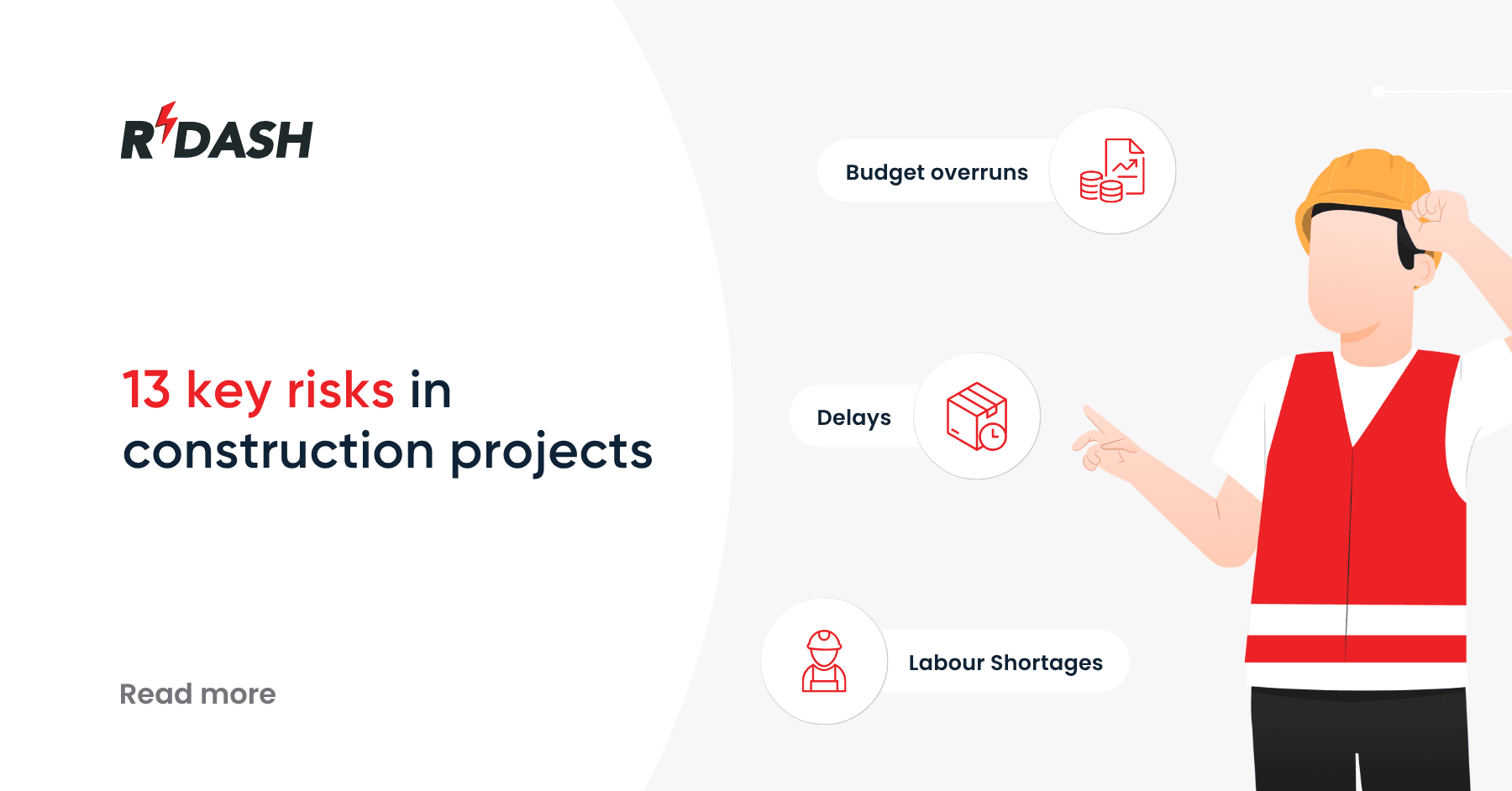In the construction industry, subcontractors play a crucial role in completing specialized tasks that contribute to the overall success of a project. These skilled individuals are hired to perform specific work under the guidance of the general contractor, helping streamline complex projects by bringing expertise that the main contractor may not possess.
Who are subcontractors?
Subcontractors are primarily trades people focused on specific areas of a project. Unlike general contractors, who hold all aspects of a project in one place, subcontractors may specialize in areas like plumbing, electrical work, carpentry, painting, or HVAC. Specialization allows subcontractors to bring an excellent level of knowledge and efficiency toward a project with excellent quality and adherence to industrial standards.
Who is responsible for managing subcontractors?
Generally, subcontractors are supervised by the general contractors. Direct interaction between subcontractors and clients is uncommon, as subcontractors focus on specific tasks. Subcontractor management ensures a construction project is finished on time while maintaining high quality. This involves managing all aspects of the project, from the quality of work to the final completion timeline.
Types of construction subcontractors
Some of the most common types of subcontractors in the construction industry include:
Electrical Subcontractors
Handle all electrical installations and wiring required in a construction project and ensure that the work is done to the local electrical codes and regulations.

Plumbing Subcontractors
Specialize in installing and repairing plumbing systems, which are basically pipes, fixtures, and water systems, which are the backbone of any building.
HVAC subcontractors
Focus on heating, ventilation, and air conditioning systems, crucial for maintaining comfortable indoor environments in residential and commercial buildings.

Roofing subcontractors.
Expert in building and repairing roofs to be durable, weather resistant, and compliant with local building standards.

Carpentry Subcontractors
Specialize in wood construction, which includes: wood framing, flooring, and cabinetry-all of great importance to both the integrity of the structure and the esthetics of construction.

General contractor vs subcontractor
General Contractor
A general contractor controls the entire process of a construction project from tendering to the completion of the project. He is the one the client mainly contacts in regards to managing the entire project process, such as hiring subcontractors, purchasing materials, maintaining adherence to legal and safety requirements, and keeping timelines and budgets. He is the party that holds the main contract with the owner of the property.
Subcontractor
They are experts in their respective fields and are responsible for certain aspects of the project, as described above. Subcontractors have a contract with the general contractor, not with the property owner. Their work is part of the project’s success, but they do not take the overall responsibility for completing the project, which is that of the general contractor.
Effective subcontractor management strategies
Subcontractor management is not just a matter of hiring skilled workers but rather involves strategic planning, effective communication, and proactive approaches to managing various aspects of the job. Here are some more detailed tips on subcontractor management that can help streamline operations and ensure project success:
1. Qualify Your Subcontractors
Subcontractors need to be carefully selected. The subcontractors to be chosen should have a history of success, experience relevant to the project, and a reputation for dependability. Assess their past projects, financial health, and work quality.It is important that these parties’ capabilities and goals are in alignment with the project to ensure smooth execution.
2. Establish Clear Expectations
The scope of work, timelines, quality standards, and safety protocols at the start of the job will clearly be defined. When all these expectations are clearly documented, it will prevent misunderstandings and set the stage for accountability of all tasks performed.
3. Establish a Positive Jobsite Culture
Foster a jobsite culture of respect, teamwork, and open communication. A good working environment will improve productivity and will encourage subcontractors to take pride in their work, therefore, leading to better outcomes on the projects.
4. Manage risks
Early identification and assessment of likely risks assist in mitigating further delays and additional costs. Review and update risk management plans regularly while also incorporating subcontractors and ensuring they understand and manage those specific risks in their given area of work.
5. Expect schedule conflicts
Proactively plan and manage schedule overlaps. Utilize detailed project management tools to view all phases of the project and adjust schedules in advance so that there is no overlapping and the work is allowed to flow smoothly.
6. Jobsite Safety
Ensure all the subcontractors follow the rules and regulations concerning safety. Perform periodic safety training sessions and auditing, and implement a system for reporting and addressing of safety incidents. Safety will save the workers while also saving money through reduction in delays and potential liabilities. Check out our comprehensive guide on construction site safety.
7. Manage budgets actively
Keep track of the project’s finances. The budget reviews with the subcontractors regularly helps track spending, maintain cost control, and prevent overruns. Communicate clearly regarding budgetary constraints and expectations.
8. Maintaining Quality Control Standards
Implement strict quality control measures and inspect the subcontractors regularly for their work to ensure that it meets all project specifications and industry standards. This would help maintain high quality in the project lifecycle.
9. Leverage Technology to Improve Communication
Adopt contemporary technology solutions such as project management software like RDash to improve communication. These tools can provide live updates, facilitate document sharing, and improve overall collaboration.
10.Focus on payment terms
Keep the payment methods transparent and fair to gain trust and maintain loyalty among subcontractors; ensure that payment terms remain clear and are followed, in addition to quickly resolving disputed invoices to maintain good relationship and morale.






